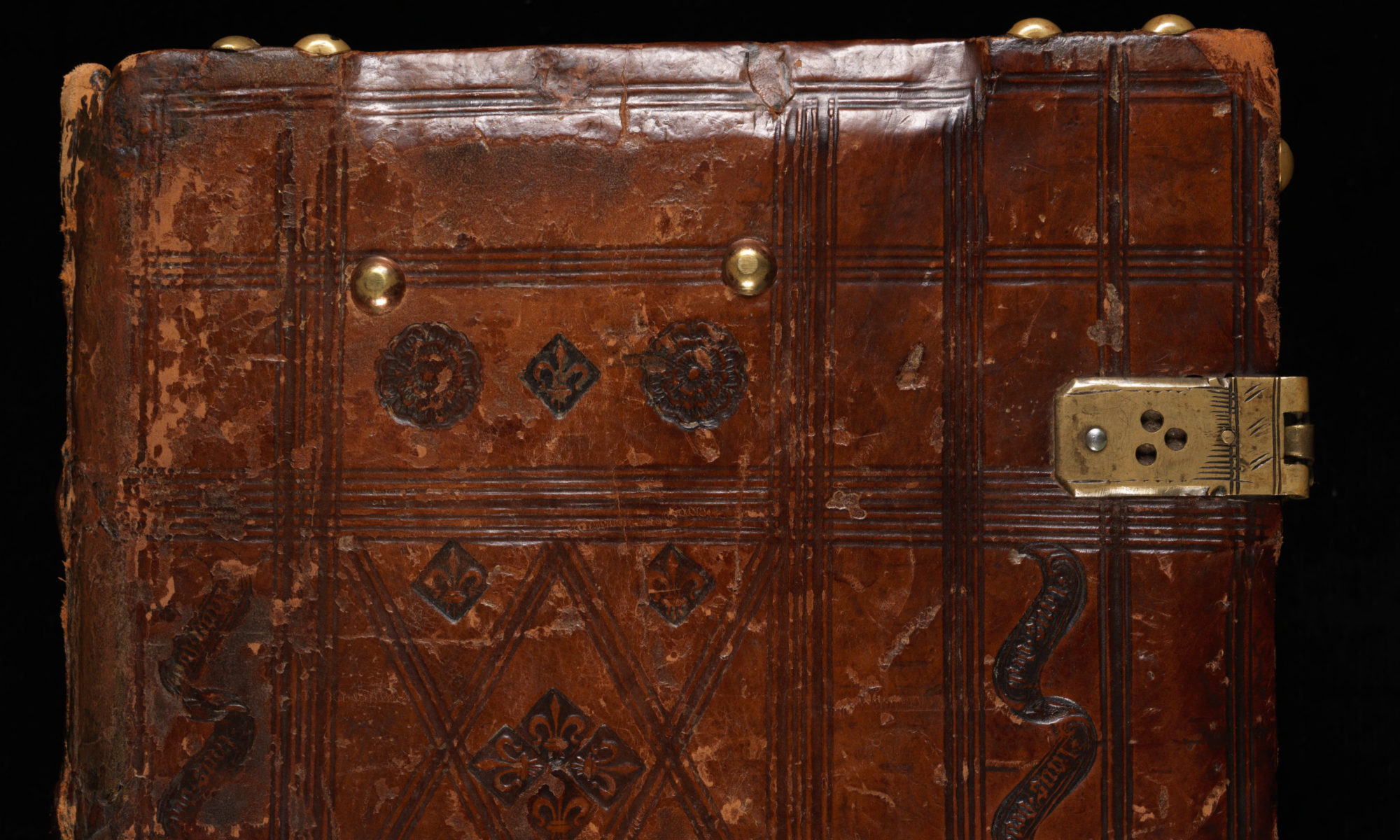It is our pleasure to announce that the 4th International Workshop on Historical Document Imaging and Processing (HIP’17) will be held in conjunction with ICDAR’17, on November 10-11, 2017 in Kyoto TERRSA, Japan.
The workshop brings together researchers working with historical documents and is intended to be complementary and synergistic to the work in analysis and recognition featured in the main sessions of ICDAR, the premier international forum for researchers and practitioners in the document analysis community.
Workshop topics include (but are not limited to):
Imaging and Image Acquisition
- Imaging for fragile materials
- Multispectral imaging
- Camera-based/non-invasive acquisition
- Case studies/applications
Digital Archiving Considerations
- Compression issues
- Measuring essential resolution (color, spatial) and metadata
- Modeling of document image degradation Historical Collections
- Military records, personal journals, church records, medieval manuscripts, etc.
- Scientific, technical and educational documents
- Government archives, documents from the world cultural heritage, multi-language
Document Restoration/Improving readability
- Removing or minimizing damages, defects, ink-bleed
- Completing and filling in missing pieces based on context, prior knowledge, supporting documents, i.e. inpainting, etc.
- Machine-learning algorithms for enhancement based on example images
- Interactive tools from a user viewpoint
- Learning from user-directed image enhancement
Content Extraction (within the context of historical documents)
- Content-based retrieval
- Automated or semi-automated transcription
- Machine-learning algorithms for content extraction, convolutional and recurrent neural networks, auto-encoders, unsupervised feature learning
- Content recognition based on surrounding and supporting context
- Ontologies for modeling historical document content
Family History Documents and Genealogies
- Personal, Family, National and Historical Collections of Family Genealogy and Histories
- Extracting and linking names, dates, places, etc.
- Extracting, linking and piecing together personal and family histories and narratives
- Discovering historical social networks
Automated Classification, Grouping and Hyperlinking of Historical Documents
- Style identification (typography of printed text, handwriting style recognition for manuscript authentication, dating or author identification…)
- Searching for Documents over the Internet
- On-line & web-based navigation within/among document images
- Searching/querying, retrieval, summarizing/condensing of document images
- Document clustering, collecting, linking, analysis and search technologies
- Parallel tagging of images, transcripts, and other document layers
